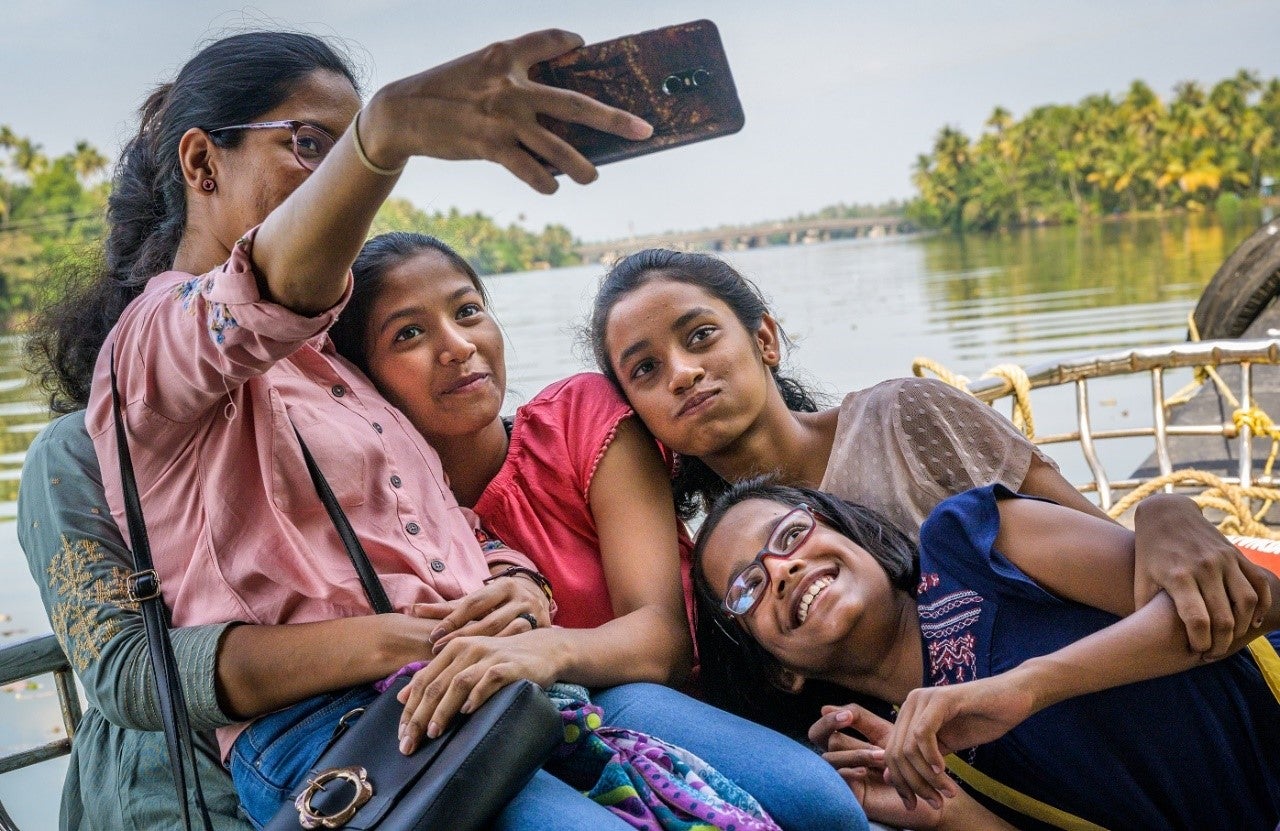
In today’s ultra-connected world, the fact that the mobile gender gap has significantly narrowed is welcome news. Recent research by GSMA shows that in low-and-middle countries, women are 20% less likely to use mobile internet than men, down from 27% three years earlier, a reduction driven primarily by a significant improvement in South Asia. While this is cause for celebration, we have way more work to do in order to close the gender gap. This is particularly the case during the coronavirus pandemic (COVID-19), when digital technologies have become our lifeline. The crisis may in fact reinforce the digital gender divide, including through its impact on girls’ education. Now is the time to do something about it.
Three hundred million fewer women than men in low-and middle-income countries have access to mobile internet. This is roughly the equivalent of the entire population of the United States. At 51% (versus 67% in 2017), South Asia still holds the unfortunate distinction of having the world’s widest gender gap, followed by Sub-Saharan Africa, at 37%. Why should we be worried? The digital divide could increasingly prevent women from accessing life-enhancing services for education, health, and financial inclusion in a world that has become virtual overnight.
As the digital transformation affects economies and changes the nature of work, strategies to make sure technology becomes a great equalizer—rather than a divider—are essential. Digital inequalities can exacerbate other inequalities, hampering women’s opportunities to contribute to the labor force, attain new skills, and access information. In skills, for example, HackerRank – a prominent coding competition site –estimates only 13% of its nearly 15,0000 respondents identifying as female in its 2018 Women in Tech survey. The words of Yashna Islam, a young woman who participated in a mobile development training funded by a World Bank project in Bangladesh, give me hope. When asked what she gained from the training, she said: “It has given me the courage to dream big.”
Research in India has shown that the mobile phone gender gap can be explored through the lens of both economic and normative barriers. Economic barriers are constraints to financial and human capital to access and use mobile phones, while normative barriers include social norms, customs, and individual beliefs that shape and constrain gender roles in society. However, there is hope: interventions that leverage digital technologies can also, through a concerted effort to tackle both economic and normative barriers, make a huge dent in gender gaps across the board – and contribute to women’s economic empowerment. Graam Vaani, a social tech company in India, has helped change social norms within conservative Indian families buy taking messages on women’s empowerment to millions. Similarly, Rwanda’s Digital Ambassadors program that used balance of male and female youth ambassadors to impart digital literacy to 17,000 citizens boosted confidence in 75% of its female attendees to adopt digital technologies.
With the right enabling environment, digital tools can aid community health workers, deliver personalized learning, and enable entrepreneurship and microwork within existing social structures, helping pave the path towards new norms. This effort needs to go beyond getting affordable mobile phones into women’s hands, to ensuring that they have access to digital skills, relevant local content, and services on digital platforms.
This optimism that interventions leveraging digital technologies can enable positive change is what motivates me every day. Is technology a panacea? No. But it has become essential. Can it be an integral part of our efforts to close the digital gender gap in South Asia or Sub-Saharan Africa? Absolutely. That’s why we launched the Global Tech Challenge: Solutions for Women in collaboration with CES, the world’s largest consumer technology event. We are looking for innovative and scalable ideas in four areas:
- Platforms: We are looking for solutions that increase the availability of locally relevant digital platforms catering to women.
- Digital skills: We are seeking solutions that support the development of digital skills by women and girls to make sure that they participate fully in the digital economy.
- Online content: Increasing the availability of women-oriented content is also a priority.
- Enhancing digital access: We are looking for solutions that use innovative business models to make it easier for women to access and use digital technologies as well as enable the use of digital identification.
As a woman in tech, I find it difficult to imagine a world of inclusive digital development where women are not active users and creators of technology. The challenge ahead is steep, but worth the effort. Be a part of the solution. From supporting research to better understand the root causes of the digital gender gap, to designing and implementing innovative programs that promote women’s entrepreneurship and make the internet more relevant for them, let's work together to bridge the digital gender gap. At no time in history has it been more important.
For more information about the Global Tech Challenge: Solutions for Women, click here.


Join the Conversation